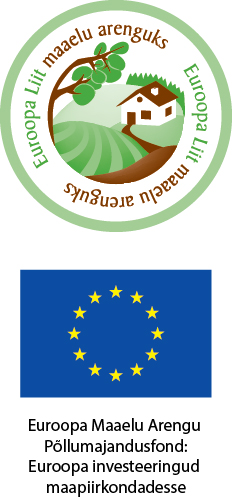Pulmonary mode according to the Silver staging are very predictive out of mortality. Median endurance (95% CI) is 78.8 (78.4–79.2) years regarding no COPD class, 77.9 (75.6–79.5) decades inside the Gold stage I COPD, 73.4 (72.2–74.4) age in Gold phase II COPD and you will 67.dos (65.2–68.9) years when you look at the Silver phase III/IV COPD.
Figure 2 shows median life expectancy by GOLD class and resting heart rate. As shown, median life expectancy decreased with increase in resting heart rate across all GOLD stages https://datingranking.net/nl/bondagecom-overzicht/. Median life expectancies (95% CI) in no COPD were 80.9 (80.2–8step step 1.6) years in subjects with resting heart rate <65 beats·min ?1 , 79.7 (79.1–80.2) years in resting heart rates 65–74 beats·min ?1 , 78.2 (77.6–79.0) years in resting heart rates 75–84 beats·min ?1 , and 75.4 (74.5–76.3) years in resting heart rate ?85 beats·min ?1 . In subjects with GOLD stage I COPD median life expectancies were 80.5 (77.9–84.2) years, 79.5 (74.4–82.8) years, 78.9 (74.7–81.4) years, and 70.7 (67.0–75.6) years, respectively. In GOLD stage II COPD median life expectancies were 76.2 (73.3–78.7), 74.1 (72.4–75.8), 73.1 (70.8–74.9), and 69.5 (67.2–71.6). 4 (65.3–74.0), 68.2 (61.9–73.1), 68.0 (63.9–69.4), and 64.5 (62.7–67.7), respectively. Thus, the difference in median life expectancy between a subject with a resting heart rate <65 beats·min ?1 compared to a subject with resting heart rate ?85 beats·min ?1 was 5.5 years in subjects with no COPD, 9.8 years in subjects with stage I COPD, 6.7 years in subjects with stage II COPD and 5.9 years in subjects with stage III/IV COPD.
In Gold phase III/IV COPD median lifestyle expectancies had been 70
In a model where pulmonary function was determined as GOLD stage, C-statistics for GOLD stage alone were 0.54 (0.53–0.56) versus 0.57 (0.55–0.60) (p<0.001) with GOLD stage and resting heart rate. The categorical NRI was 4.9% (p = 0.01) (fig. 3) and the categoryless NRI was 23.0% (p<0.0001). In a model where pulmonary function was determined as FEV1 % pred, C-statistics were 0.57 (0.54–0.59) versus 0.59 (0.56–0.61) with both FEV1 % pred and resting heart rate (p<0.001). The categorical NRI was 7.8% (p = 0.002) (fig. 4) and the categoryless NRI was 24.1% (p<0.0001).
Risk reclassification: pushed expiratory volume into the step one s (FEV
Risk reclassification: Around the globe Initiative for Chronic Obstructive Lung Problem (GOLD) phase as opposed to Silver stage having sleeping heartrate. Sleeping pulse rate enhances the chance prediction when put in a good design which have Silver stage alone. That is found by the deeper quantity of sufferers in the bluish squares weighed against the amount of subjects in the red squares for non-events and you will events. Light squares: subjects classified in the same exposure classification by both models; bluish squares: victims instead incidents reclassified into a lesser risk classification and you will victims that have situations reclassified for the a higher risk category once addition off sleeping heart rate with the design with Gold stage alone; yellow squares: subjects as opposed to incidents reclassified towards increased risk class and victims which have events reclassified with the a lower life expectancy exposure group once inclusion out of asleep heartbeat towards the model that have Gold phase by yourself.
1) % predicted versus FEV1 % pred with resting heart rate. Resting heart rate improves the risk prediction when added to a model with FEV1 % pred alone. This is shown by the greater number of subjects in the blue squares compared with the number of subjects in the red squares for both non-events and events. White squares: subjects classified in the same risk category by both models; blue squares: subjects without events reclassified into a lower risk category and subjects with events reclassified into a higher risk category after inclusion of resting heart rate to the model with FEV1 % pred alone; red squares: subjects without events reclassified into a higher risk category and subjects with events reclassified into a lower risk category after inclusion of resting heart rate to the model with FEV1 % pred alone.


